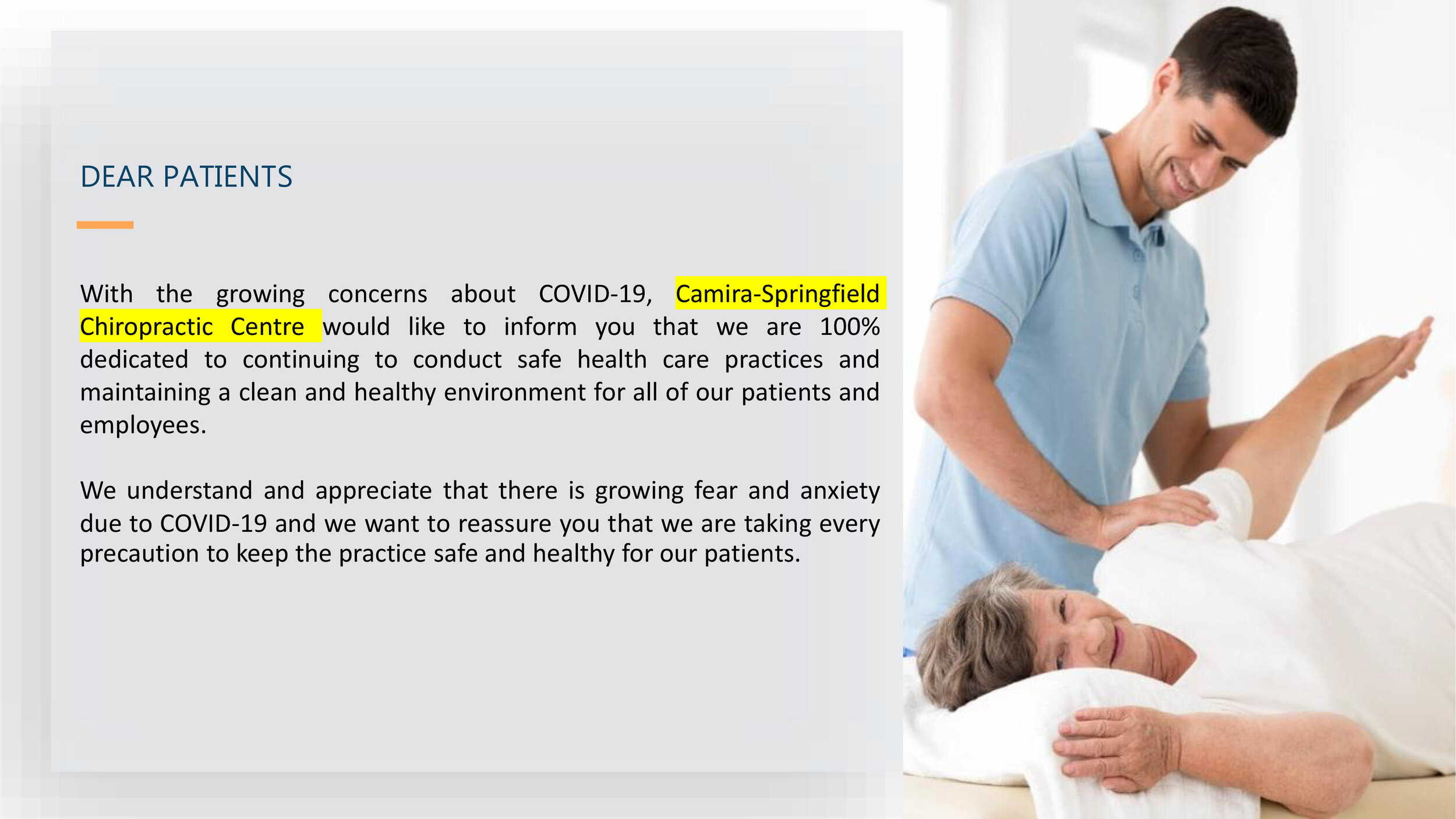Ughh...don't you just hate waking up with a sore neck? it's a..pain in the neck...(sorry) it makes you grubby, stressed and no amount of coffee will wake you up.
Getting a good night's sleep is vital. In his book "Why Sleep Matters" Professor of Neuroscience and Psychology Matthew Walker, states "Getting 6 hours of sleep for 3 days in a row, has the equivalent alertness of someone who has gone 24 hours without sleep."
You wouldn't want to go about your day acting like a zombie with a sore neck!
Now, if you're suffering from neck pain, your sleep posture could be the difference to how well you sleep. What may surprise you, is the role your pillow plays. A good pillow plays an important role in creating an optimal sleeping posture. It could be the difference in grumpily laying in bed wondering why you or turning yourself into a burrito blanket and being 5 minutes late for work.
But you're asking yourself HOW does it help me sleep better!
Well, a good pillow provides a neutral stress-free alignment that is essential for muscular relaxation which aids sleep. The right type of pillow will depend on factors like body build, sleep position and comfort preference.
By the way- did you know people who sleep on their side are less likely to snore! Science!
So here we go! 4 easy tips to find the perfect pillow to help you sleep:
#1: Ask for a Recommendation from your Chiropractor
This seems obvious, but always talk to the person who understands the cause of your neck pain...your chiropractor. He or she will give the best and most valuable advice on choosing the pillow that will benefit you the most.
PS. We sell all types of pillows that range from children to adult sizes. Drop into Camira-Springfield Chiropractic and our friendly staff can help you find the perfect pillow to suit you.
#2: Research, Research, Research
After you talk to your chiropractor, it's time to find the right pillow. Read reviews, note prices, stores that sell it and finally drop into Camira-Springfield Chiropractic and we can provide you a recommendation.
#3: Think About the Material
There are so many options available! it can be confusing to choose the right one. Here are just a few examples:
Traditional Foam
Traditional foam pillows are cheaper
Does not mould to a person’s neck
Has a lifespan of about 12 to 18 months depending on quality
Memory Foam
Has the ability to mould to a person’s neck and return to its original position afterwards.
Pressure relieving and is often used to reduce pressure sores.
Can be very heavy and hot depending on how it was made.
Some products have holes or groves to ease air flow to help reduce heat.
Varies from hard to soft.
Should last from 3 to 5 years depending on quality.
Gel Infused Memory Foam
Memory foam infused with gel is to help reduce heat.
Good for people who sweat at night.
Is usually more expensive than normal memory foam.
There are many other types of materials. If you want more information Camira-Springfield Chiropractic can recommend the best material to suit you.
#4: Shape of the Pillow
Our recommendation is a high quality contoured pillow. A high-quality contoured pillow sustains an ideal spinal curve required for stress-free alignment. The correct alignment can also ease neck and back problems associated with poor sleeping posture.
Get an expert opinion from a doctor who understands your neck pain the best
If you’re having trouble sleeping, or waking up with a stiff neck, we invite you—and your pillow—to visit our office. Call Camira-Springfield Chiropractic on 07 3818 2488 to schedule an appointment. Our friendly staff are here to help you!




























